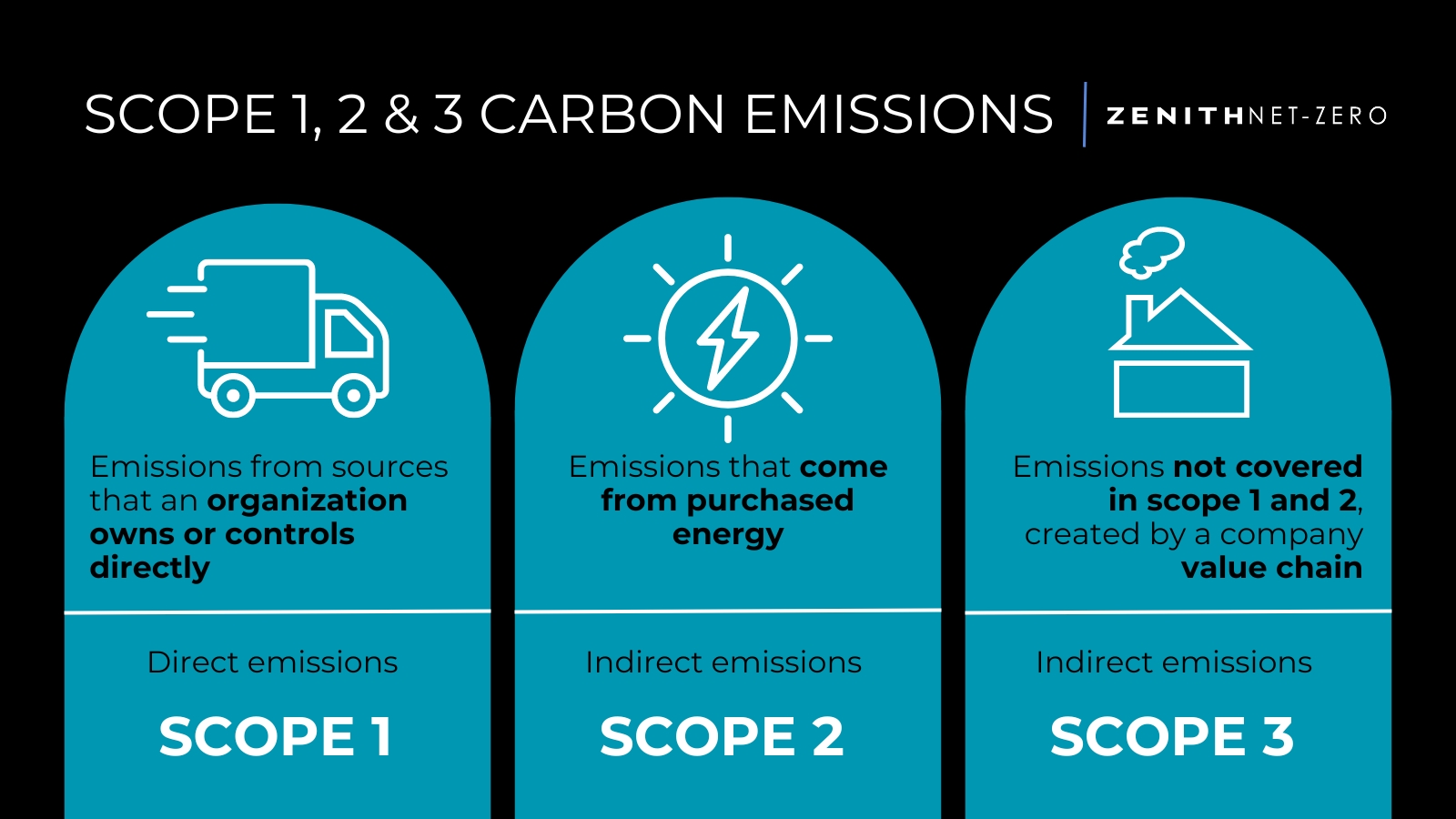What is Greenhouse Gas Accounting?
Greenhouse Gas emissions accounting is a systematic process that quantifies and tracks the release of greenhouse gases (GHGs) into the atmosphere from human activities. These gases, such as carbon dioxide (CO2), methane (CH4), nitrous oxide (N2O), and fluorinated gases, are major contributors to the greenhouse effect, which traps heat in the Earth’s atmosphere and leads to global warming.
The accounting process involves several key steps. First, identifying and categorizing emissions into different scopes:
Scope 1 emissions encompass direct GHG emissions from sources that are owned or controlled by the organization, such as fuel combustion in facilities or company-owned vehicles.
Scope 2 emissions involve indirect emissions from the generation of purchased electricity, heat, or steam consumed by the organization.
Scope 3 emissions, often the most challenging to quantify, encompass all other indirect emissions that occur in the organization’s value chain, including those from suppliers, transportation, and product use.
For further information visit our Scope emissions explained page

GHG emissions accounting serves multiple purposes. It provides organizations with a clear understanding of their carbon footprint, helping them identify emission hotspots and prioritize mitigation efforts. Setting reduction targets based on emissions data allows organizations to contribute to global climate goals, enhance operational efficiency, and manage risks associated with climate change impacts and regulatory requirements. Moreover, transparent reporting of GHG emissions fosters accountability and builds trust among stakeholders, including investors, customers, and regulatory authorities.
Why is GHG Accounting Important?
Assess Environmental Impact: By quantifying emissions, businesses can identify and prioritize areas for improvement in their operations, supply chain, and product lifecycle.
Set Reduction Targets: Establishing clear emission reduction goals is crucial for mitigating climate change and aligning with global climate targets such as those outlined in the Paris Agreement.
Measure Progress: Regular reporting and monitoring enable organizations to track their progress towards sustainability goals and demonstrate accountability to stakeholders.
Methodologies and Standards
Several methodologies and standards guide GHG accounting practices, ensuring consistency and comparability of emissions data. Key frameworks include:
Greenhouse Gas Protocol (GHG Protocol): Developed by the World Resources Institute (WRI) and the World Business Council for Sustainable Development (WBCSD), this widely adopted framework provides guidelines for inventorying and reporting GHG emissions.
ISO 14064: A set of international standards that outlines principles and requirements for quantifying and reporting GHG emissions and removals.
Steps in GHG Accounting
Implementing GHG accounting typically involves the following steps:
Identifying Emission Sources: Determine the sources of GHG emissions within the organization’s boundaries, including direct emissions (Scope 1) from owned or controlled sources and indirect emissions (Scope 2 and 3) from energy consumption and supply chain activities.
Measuring Emissions: Collect data on activities that generate emissions, using emission factors and activity data to calculate total emissions.
Reporting and Verification: Prepare a GHG inventory report detailing emissions by source and scope, following established reporting guidelines. Verification by third-party auditors enhances credibility and transparency.
Benefits of GHG Accounting
Improved Resource Efficiency: Identifying emission hotspots can lead to operational efficiencies and cost savings through energy conservation and waste reduction.
Enhanced Stakeholder Engagement: Transparent reporting builds trust with stakeholders, including investors, customers, and regulatory bodies.
Risk Management: Understanding climate-related risks allows organizations to adapt to regulatory changes and market demands for sustainable practices.
The Future of GHG Accounting
As climate action intensifies globally, GHG accounting continues to evolve. Emerging trends include:
Scope 3 Reporting: Increased focus on measuring and managing indirect emissions from the entire value chain.
Integration with ESG Reporting: GHG accounting is becoming a cornerstone of Environmental, Social, and Governance (ESG) reporting frameworks, influencing investment decisions and corporate governance.
Questions?
If you can’t find the answer you’re looking for, feel free to write to us. Help us make this blog a rich source of environmental insights and news.



